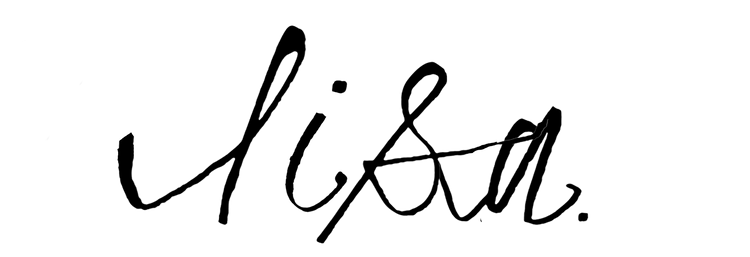In season 1 episode 26 I spoke with Dr. Marja Germans Gard about Awe and I think she would agree, we barely scratched the surface of the true wonder of this magical state. I’m thrilled to dive back into AWE today with ALLEN, as his book The AWE factor is truly beautiful and offers a variety of accessible and creative ways to contextualize and experience awe. In fact, I was absolutely tickled to find JOY guest and friend Bridget Watson Payne included, quoted about visiting the ocean on her birthday in the Nature-made awe chapter.
My favorite part of ALLEN’S work is his storytelling. I took great delight in the serendipity and chance meetings ALLEN writes about in The Awe Factor. I love the attention paid to these moments that remind us we are part of a quilt that stitches us together and that when we are present and open, we are gifted the joy of this interconnectedness. There is a vastness to these moments that provide a glimpse at just how magical life can be when we are paying attention.
And that’s exactly what AWE does.
Awe is defined in a variety of ways in Allen’s book, and scientists have agreed that awe generally includes feelings of vastness, amazement, and sometimes mystery. Anthropologist Alan Morinis says that, “Awe arises when we encounter life and the world in ways that breach the ordinary.” I LOVE that.
Thanks to University of Amsterdam’s Michiel van Elk and team, their study of awe using MRI imaging was able to isolate an awe response to a limited amount of activity in the Default Mode Network. The DMN is the part of our brain that is active when our minds wander and we often begin to think about ourselves or ruminate. Dr. Van Elks’s findings recorded less activity in the DMR when participants were shown awe inspiring nature videos versus videos of neutral landscapes or playful animals. These findings suggest that the brain is more engaged in the present when experiencing awe. This Dampening of DMN activity may be the key to providing the sense of self-transcendence associated with AWE.
Studies other than Dr. Van Elk’s have found decreased DMN activity when participants entered a flow state, during meditation, and when participants under the influence of psychedelics experienced “ego dissolution.” Suggesting AWE to be another example of such a transformative experience.
If you are getting the feeling that AWE is something that you want to experience, yeah, I’m right there with you. The good news is that AWE is accessible and attainable and Allen is here to show us how.
Listen to this episode of JOY IS NOW here.

Leave a comment